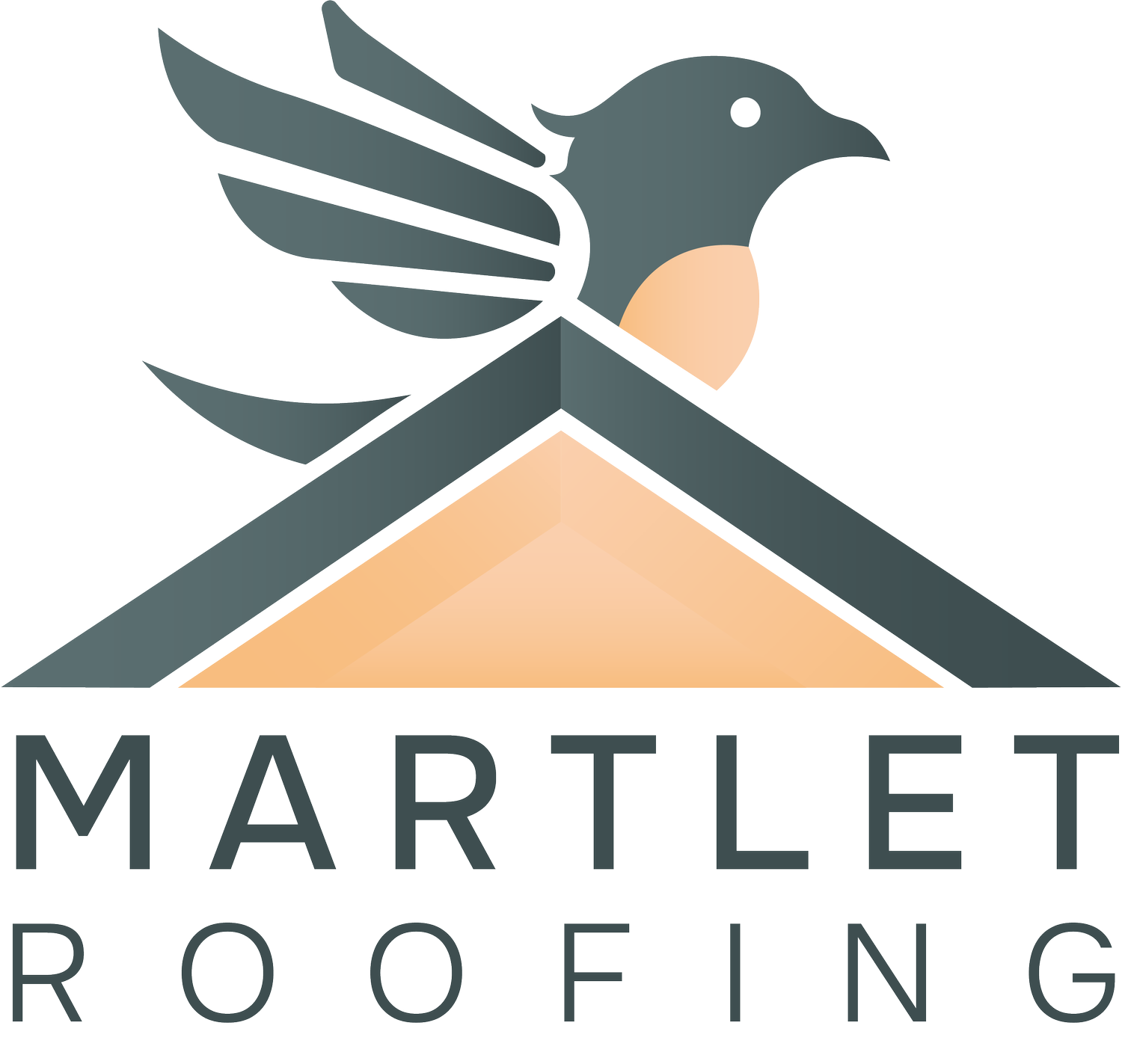How to spot early signs of roof damage.
Your roof is your home’s first line of defense against the elements, and keeping it in good condition is crucial to protecting your property. Roof damage can occur slowly over time and may not always be immediately noticeable. By identifying problems early, you can avoid expensive repairs or even a full roof replacement down the line.
In this blog, we'll cover some key signs of roof damage to look out for, so you can act quickly and prevent further issues.
1. Missing or Damaged Shingles
One of the most obvious signs of roof damage is missing or damaged shingles. If you notice any shingles that are cracked, curled, or completely missing, it’s a sign that your roof is starting to deteriorate. Exposed areas where shingles are missing can lead to leaks, water damage, and further structural issues. Check your roof periodically, especially after heavy storms or high winds.
2. Water Stains on the Ceiling or Walls
If you’ve noticed brown or yellow water stains on your ceilings or walls, it's likely that your roof is leaking. Even small leaks can cause significant damage over time, so don’t ignore this issue. The source of the leak might not always be directly above the stain, as water can travel along beams or insulation before it shows up on your walls. It’s best to have a professional roofer inspect the roof for any hidden damage.
3. Sagging Roof Deck
A sagging roof deck is a major warning sign of significant damage. If you notice any areas where your roof appears to be sagging or dipping, it’s essential to have it inspected immediately. This could indicate that the decking beneath the shingles is rotting or weakening, which can lead to further structural damage. This kind of damage is often caused by moisture buildup or long-term water leaks.
4. Granules in the Gutter
As your roof ages, the granules on your shingles may begin to wear off and accumulate in your gutters. These granules are what give shingles their protective layer, and once they start to disappear, your roof becomes more susceptible to UV rays and weather damage. If you find a large amount of granules in your gutters, it may be a sign that your shingles are nearing the end of their lifespan.
5. Clogged or Damaged Gutters
Your gutters play an important role in directing water away from your roof. If your gutters are clogged, damaged, or overflowing, water can pool on your roof, potentially causing leaks, rot, and other issues. It's essential to regularly clean your gutters to prevent debris buildup, and inspect them for cracks, sagging, or signs of rust.
6. Light Shining Through the Roof
If you can see daylight coming through your roof from the inside, it’s a clear sign of damage. This usually indicates holes, gaps, or worn-out areas where the roof covering has worn away. Small holes may seem insignificant, but they can lead to leaks and further damage if not addressed quickly.
7. Moss or Algae Growth
Moss and algae can develop on your roof, especially in shaded, damp areas. While these growths might seem harmless at first, they can trap moisture against your roof, which can lead to rot, shingle damage, and leaks. If you spot moss or algae, it’s important to remove it and inspect your roof for any underlying damage.
8. Puddles in the Attic
During heavy rain, check your attic for any signs of water pooling. If you notice puddles or damp insulation, there may be a leak somewhere in your roof. Even small leaks can cause major damage to the insulation and wooden structures in your attic, so it’s essential to address this right away.
9. Unpleasant Odors in the Attic
If your attic starts to smell musty or damp, this could be an indicator of mold or mildew growth due to water damage. Mold can spread quickly and affect both your roof and your indoor air quality, so it’s important to have your roof and attic professionally inspected if you notice any unusual odors.
10. Age of the Roof
Finally, the age of your roof is an important factor in determining whether it’s time for an inspection. Most roofs have a lifespan of 20-25 years, depending on the material. If your roof is nearing or beyond that age, it’s a good idea to schedule a professional inspection even if you don’t see any obvious damage.
What to Do If You Spot Roof Damage
If you notice any of these signs, don’t wait! The sooner you address roof damage, the less likely it is to lead to costly repairs. Reach out to a local roofing expert like Martlet Roofing for a thorough inspection and expert advice on the best course of action. Whether it’s a small repair or a full replacement, we can help restore the safety and integrity of your roof.
Conclusion
Regular roof maintenance and early detection of damage are essential for protecting your home and extending the life of your roof. By staying vigilant and addressing problems early, you can prevent more serious issues down the road. If you're unsure about the condition of your roof or need help identifying potential damage, contact us at Martlet Roofing for a comprehensive roof inspection.
